Here’s how abstraction minimizes fragmentation in DeFi, making it more fluid
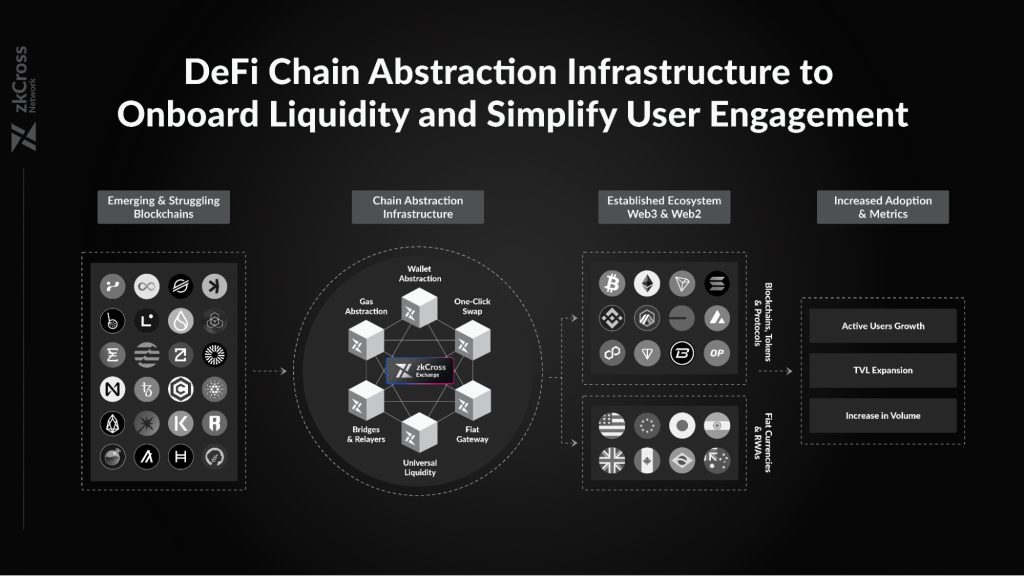
A DeFi chain abstraction protocol aims to provide seamless liquidity flow, simplify onboarding and enhance security across multiple blockchains.
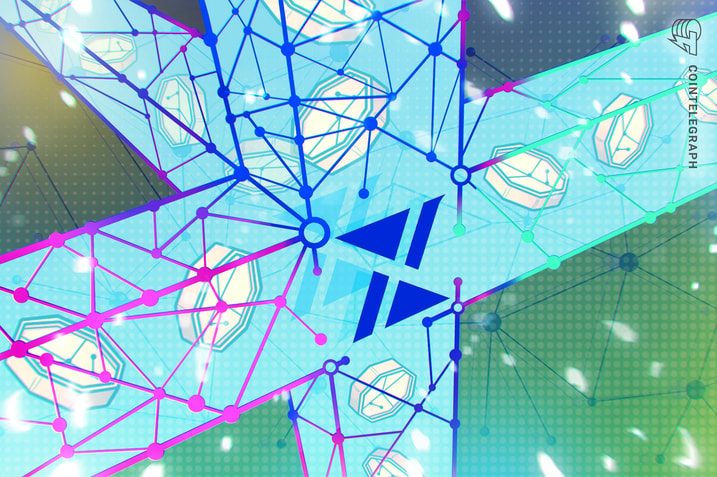

With its chain abstraction infrastructure, zkCross Network addresses fragmentation, complex participation processes and security concerns to create a seamless cross-chain liquidity flow.
Despite advances in interoperability within the decentralized finance (DeFi) sector, most blockchains remain siloed, limiting value transfer and liquidity efficiency. The fragmentation of assets across multiple networks results in liquidity isolation, making it challenging for users to move assets across chains.
Additionally, the onboarding process for newcomers to DeFi is complex. Users must manage private keys, navigate different interfaces and understand blockchain transactions.
Security and privacy concerns are also significant in the decentralized space. DeFi’s open and decentralized structure makes it a frequent target for hacking and attacks.
In short, the true potential of DeFi can only be realized by providing secure and seamless cross-chain liquidity flow. which is only possible by simplifying the UI and UX of interacting with Web3 applications.
Abstracting the complexities of DeFi operations
zkCross Network, a cross-chain interoperability protocol, addresses DeFi industry challenges, including fragmentation, complex onboarding processes and security concerns. The protocol prioritizes managing liquidity and user engagement across multiple blockchains.
zkCross Network aims to tackle the fragmentation with a novel technology called chain abstraction. By streamlining cross-chain interactions, this technology significantly reduces the technical complexities that make it difficult to use DeFi applications. It helps users to perform cross-chain transactions with a single click.
In addition to ease of transaction processing, zkCross Network offers wallet abstraction and fiat on-ramp integration to simplify the onboarding process. The fiat on-ramp allows users to easily convert traditional currencies like EUR and USD to cryptocurrency and enter the digital asset ecosystem. The wallet abstraction enables users to log in with familiar Web2 credentials like Gmail and effortlessly bridge their liquidity from fiat or other blockchains.
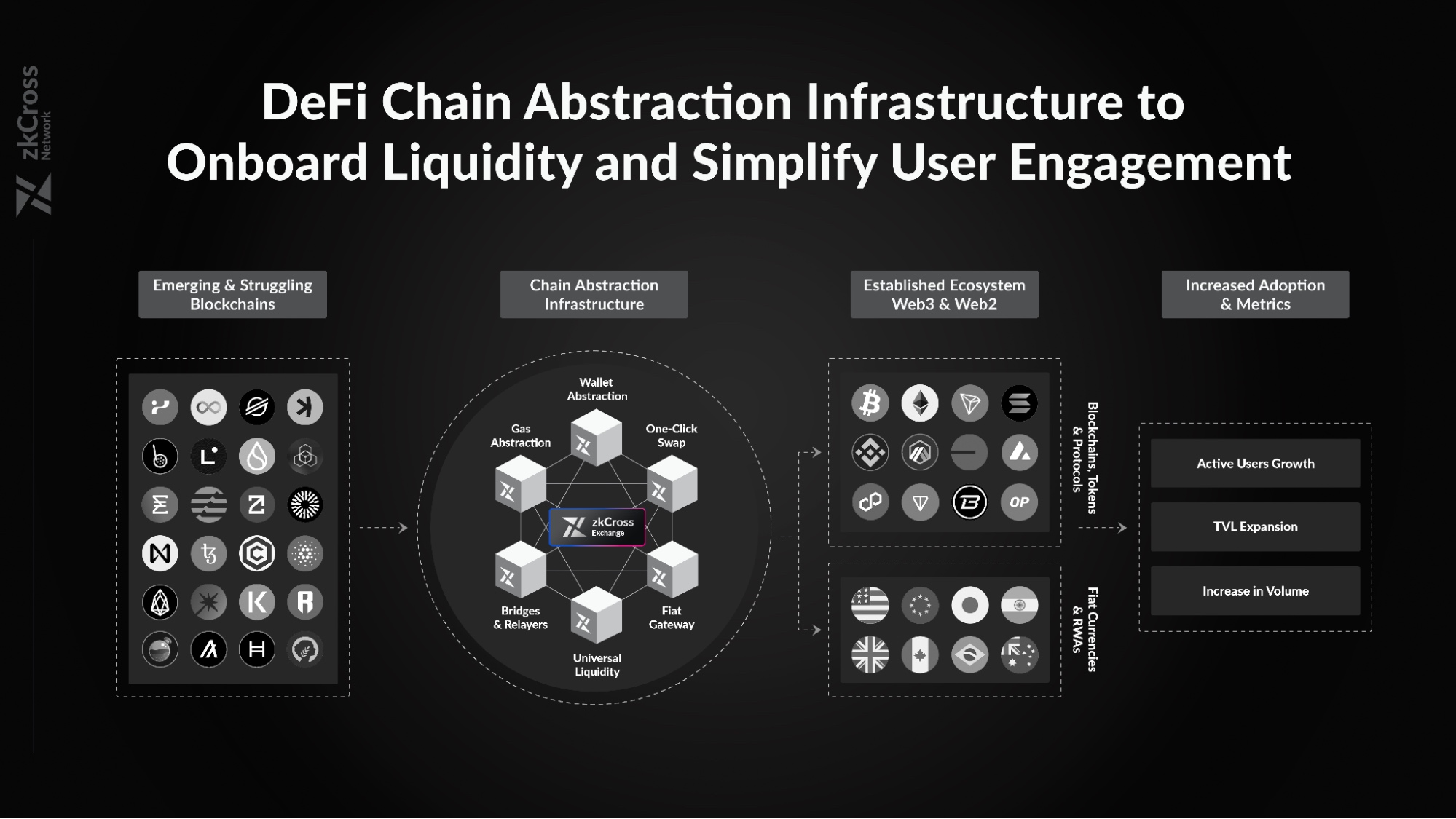
zkCross lets users convert fiat currencies to crypto, facilitating entry into the decentralized ecosystem. Source: zkCross Network
Security and protection of sensitive information in cross-chain transactions are also gaining importance. To prioritize security, zkCross Network employs advanced measures, including Multi-Party Computation (MPC) and zero-knowledge proofs (ZKP). While MPC divides transaction keys among multiple parties to eliminate single points of failure, ZKP allows data verification without revealing the data itself. Both technologies enable users to manage transaction keys and sensitive information securely.
In addition to technological advancements, zkCross Network integrates with the Internet Computer Protocol (ICP), using their canisters to provide decentralized onchain transaction monitoring for bridge watchers. ICP offers a scalable, tamper-proof environment for executing and recording transactions, reducing reliance on centralized servers and increasing the network’s overall robustness.
Managing liquidity across multiple blockchains
To drive mass adoption and simplified user experiences, zkCross Network puts cross-chain interoperability at the blockchain level and works closely with various blockchains. The platform partners with major blockchain networks, such as Ethereum, BNB Chain, Arbitrum, Polygon, ICP, Partisia, Avalanche, Solana, TON and Stellar, to unify the DeFi landscape.
By deploying zkCross Exchanges powered by account abstraction and gas abstraction at the blockchain level, zkCross Network removes traditional technical barriers to drive mass adoption. While zkCross Exchange eases asset management, gas abstraction allows users to interact with decentralized applications (DApps) without needing to pay for transaction costs directly.
zkCross Network’s 2024 roadmap includes the launch of zkCrossDEX on the Partia blockchain, the upcoming Arbitrum zkCross Exchange, and the upcoming ICP, Avalanche and Stellar zkCross Exchanges. These platforms will abstract away the complexities of DeFi operations, allowing users to interact with a wide range of DeFi protocols and DApps.
Looking ahead, zkCross Network plans to expand to over 40 blockchains in the next two years, further solving DeFi infrastructure challenges at the blockchain level.
Chain abstraction protocols like zkCross Network aim to continue advancing cross-chain capabilities and bridging the gap between Web2 and Web3. As more innovative projects address blockchain interoperability issues, a more inclusive, secure, and accessible DeFi ecosystem is likely to emerge.

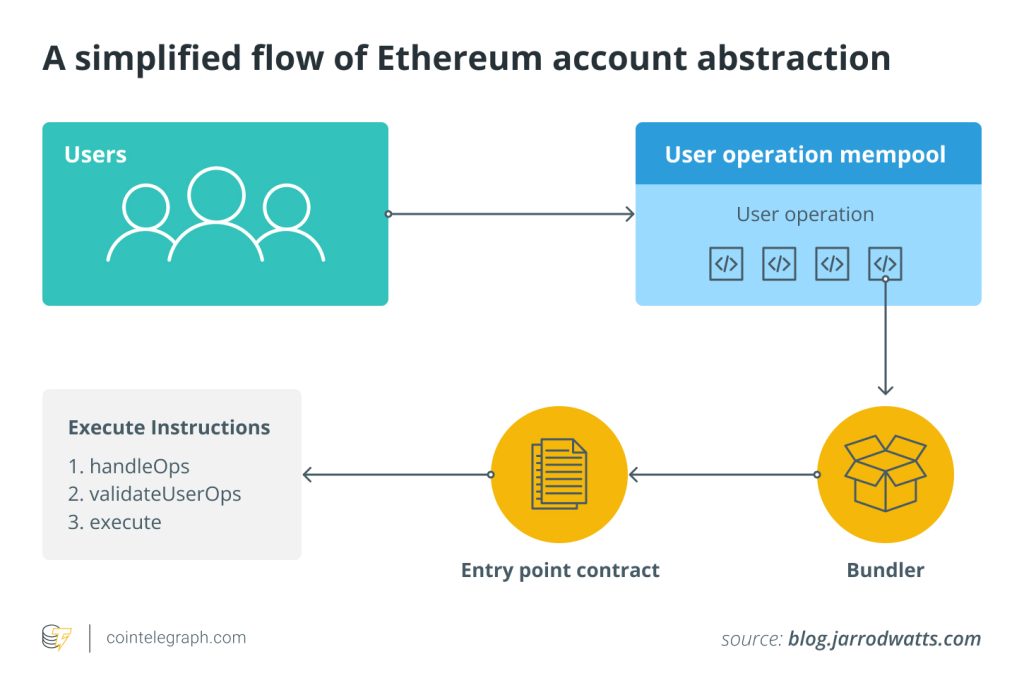

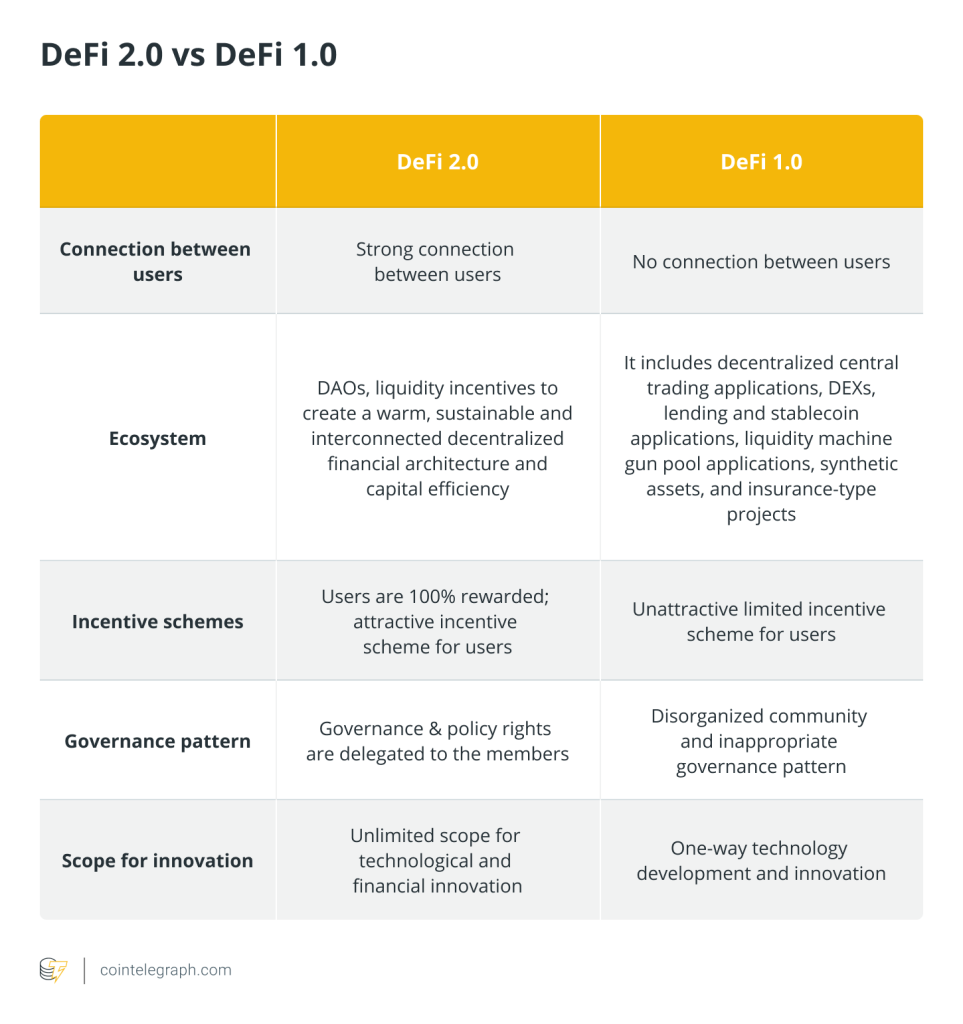
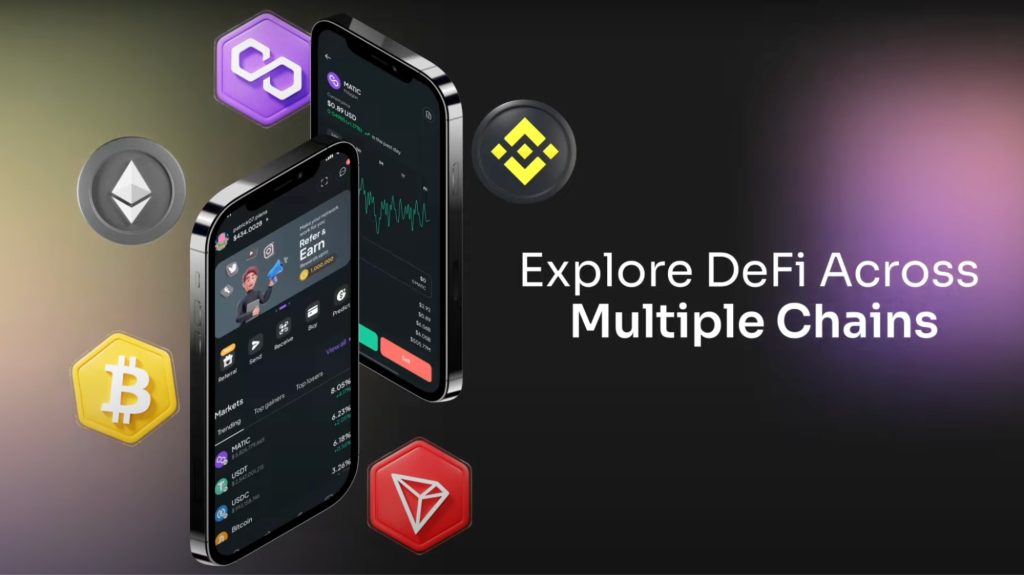
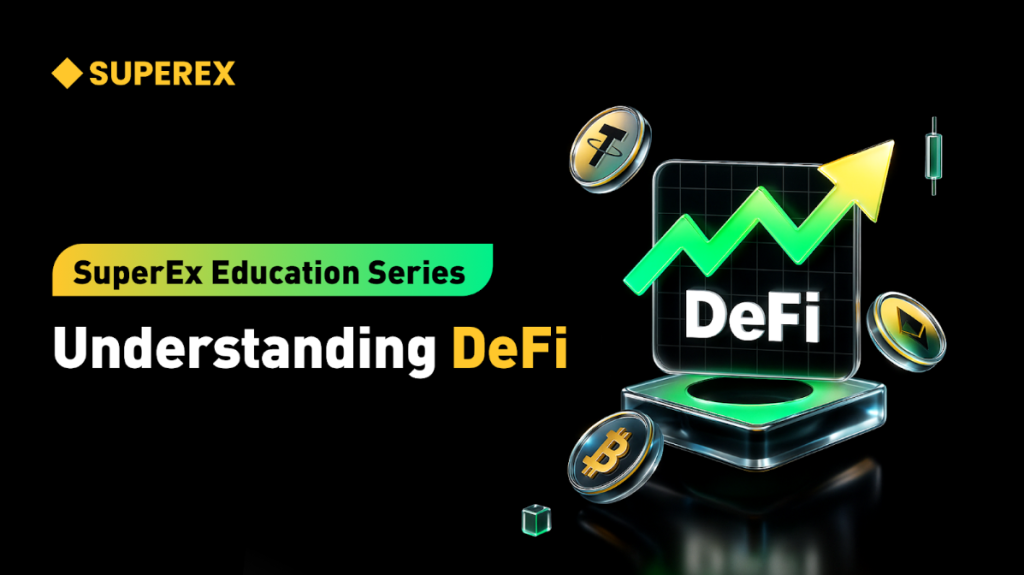
Responses